Album: Ancient Life Trapped in Amber
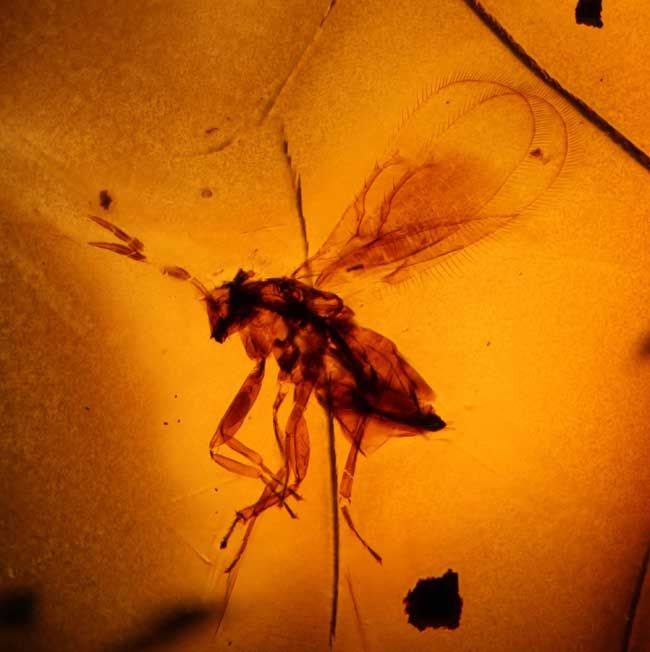
Spider and mite in amber
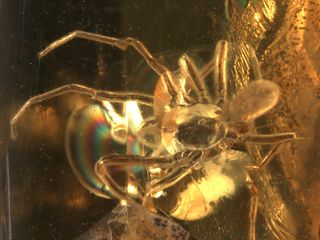
A teeny tiny ancient mite has been attached to the head of a spider for 49 million years in a Baltic amber tomb. At less than 0.2 mm long, this tiny mite is the smallest fossil to be studied using X-ray techniques that give researchers a three-dimensional view of the parasite. The mite looks like a bubble in the middle of the spider's torso (the body section in the middle of all those legs).
Ancient Life Trapped in Amber
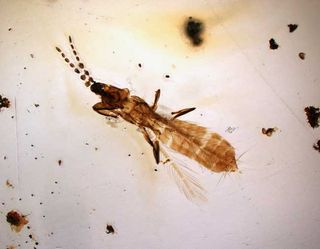
Thysanoptera encased in amber.
Ancient Life Trapped in Amber
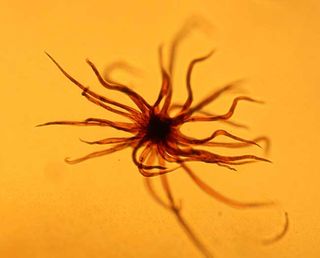
Stellate hair of ferns encased in amber.
Ancient Life Trapped in Amber

A spider encased in amber.
Ancient Life Trapped in Amber
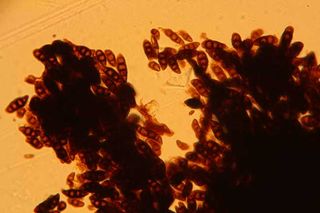
Fungal spores encased in amber.
Ancient Life Trapped in Amber
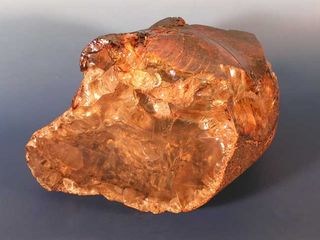
Ethiopian amber.
Ancient Life Trapped in Amber
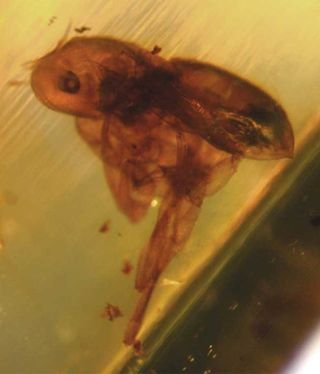
An ant encased in amber.
Sign up for the Live Science daily newsletter now
Get the world’s most fascinating discoveries delivered straight to your inbox.
Ancient Life Trapped in Amber
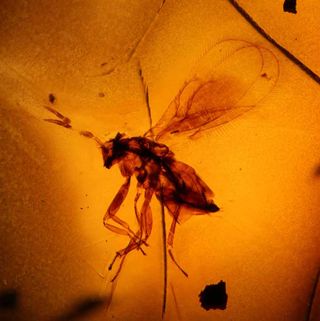
A Trichogrammatid encased in amber.
Ancient Mites
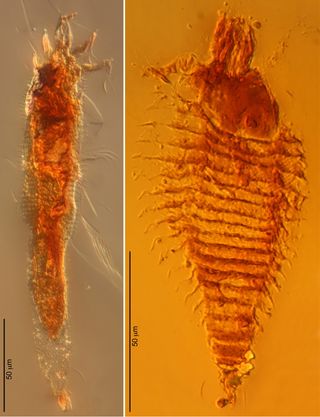
Photomicrographs of the two new species of ancient gall mites in 230-million-year-old amber droplets from northeastern Italy, taken at 1000x magnification. The gall mites were named (left) Triasacarus fedelei and (right) Ampezzoa triassica.
Maple Mite
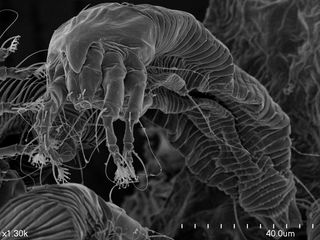
A scanning electron micrograph image of a modern gall mite that’s found on silver maple leaves.
Amber Drops
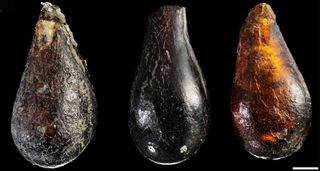
Typical amber droplets. For a study released Aug. 27, 2012 in the journal PNAS, researchers screened 70,000 drops, resulting in the three arthropod inclusions. Scale bar: 1 mm.












